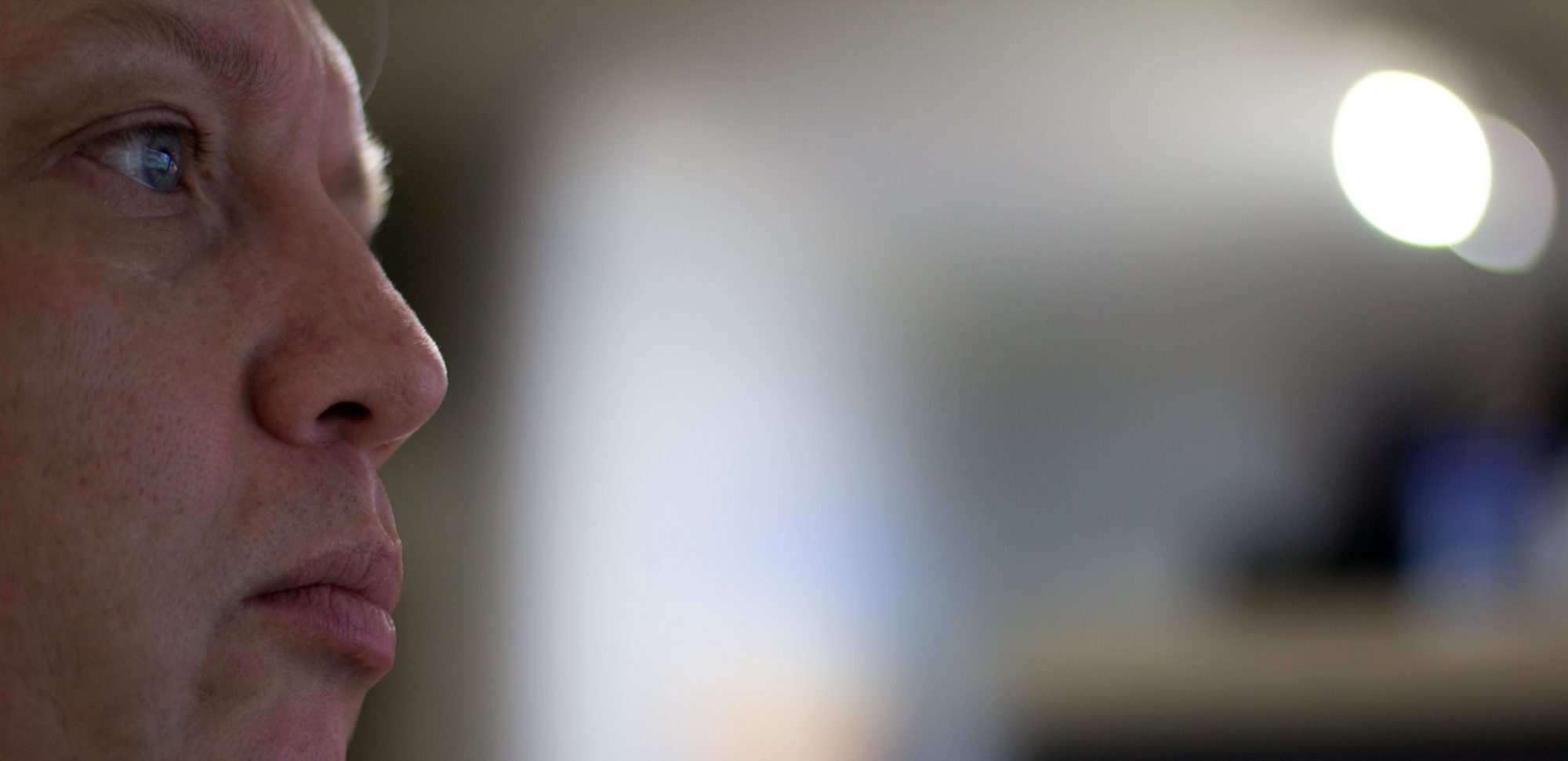In class today we were each set a topic to research, and given 40 minutes to research. Fundamentally this wasn’t long enough to actually research the topic, however, it was an initial sprint to gain a basis for further research. The result was that we had sufficient time to scratch the surface, and this leads to several strands to follow towards the complete research process.
Topic: Celebrity and Stardom
Some are born great, some achieve greatness, and some have greatness thrust upon them.
– William Shakespeare (1601)
I started by referencing written works on the subject including Stardom and Celebrity (Redmond and Holmes, 2007), Framing and Celebrity (Holmes and Redmond, 2006) and used chapter headings and selected sections as source material for further investigation through Google and Wikipedia, as well as personal knowledge, which I researched and verified through the above sources.
Specifically, I searched for individuals to use as effective case studies in order to prove/disprove the theory being posited by those authors, and my own prior knowledge/beliefs.

During my research, I discovered that “IT” girls actually originated from the 1920’s and were first brought into the public consciousness in the film IT starring Clara Bow which debunked my original belief that Tara Palmer Tomkinson was one of the first IT girls!
Conclusions and Learning
This was a useful exercise to highlight the “sprint process” which is part of the SCRUM Framework technique when applied to research. Take a brief window of time and force yourself to work within the finite timeframe, and then reflect on it. There is a wealth of information out there, especially these days with the advent of search engines such as Google/Bing/YouTube/etc. Refining this information into usable streams efficiently can be a challenge, and as with all processes, practice makes perfect.
My usual process is to sprint for between 45 minutes and an hour, make notes and bullet points as conversational references and then assign a sprint to each set of notes to drill down and reference them further. I then take a break and allow my subconscious to absorb the data, and then return to the subject matter a little later to further research. I will often digest the information and then sleep on it to allow my mind to process and understand the information in more detail, sometimes finding a quiet room to simply sit in and think through how I would write up my notes. I feel this is a sensible way to undertake research, and would strongly recommend attacking future research projects in a similar way, assuming deadlines permit.
One thing I did find was the distractions and noise from the room next door (Rocky Horror “The Musical” auditions) were very distracting, and it made concentrating much more difficult. I do sometimes use noise-cancelling headphones to drown out noises, or sit outside (if the weather permits) to get away from noises and other distractions, however, this wasn’t possible in the classroom setting as there was the possibility of additional instruction/guidance being provided during the research window. I personally find that a quiet, distraction-free, environment is usually a must for effective research and writing.
Whilst I usually find a 60-90 minute “sprint” gives me ample time to research, highlight and categorise research, allowing for subtle distractions which always crop up, the 40 minute window we had, coupled with the external distractions and battle for reference materials (not to mention the lack of searchability with traditional printed books) means that the 40 minutes we had felt more like 10 minutes “real time”. Modern search methods including Google, Bing, Quora and similar coupled with iBooks/Kindle, PDF and other electronic documents which are searchable mean that usually, I can be considerably more productive in much less time finding reading topics.
Frankly, whilst a useful introduction to SCRUM, I felt the way it was introduced and the time allowed really didn’t give anyone a chance to experience the process. In industry, a typical sprint is usually 2-4 weeks, not 30-40 minutes.
My outcomes from the exercise were limited, I don’t feel I had sufficient time to identify any targets properly for further research and I felt unsettled by the end of the process; which I’m sure was not the object of the exercise. The exercise felt like a high energy competition, “running” to an undefined (not clearly defined) goal, seeing who could get the most useless data to present for a Q&A at the end rather than focus on quality and accuracy of the data presented at the end of the period.
References
Auslander, P. (2009). From acting to performance. Abingdon: Routledge, p.vii-x.
Holmes, S. and Redmond, S. (2012). Framing Celebrity. Hoboken: Taylor and Francis, pp.355-369.
IMDb. (n.d.). It (1927). [online] Available at: https://www.imdb.com/title/tt0018033/ [Accessed 23 May 2018].
Redmond, S. and Holmes, S. (2007). Stardom and Celebrity A Reader. London: SAGE Publications Inc, US, pp.v-viii,219-228,126–131.
Shakespeare, W. (n.d.). Twelfth night. 1st ed. London: John Bell, British Library, p.Act II, Scene v.


